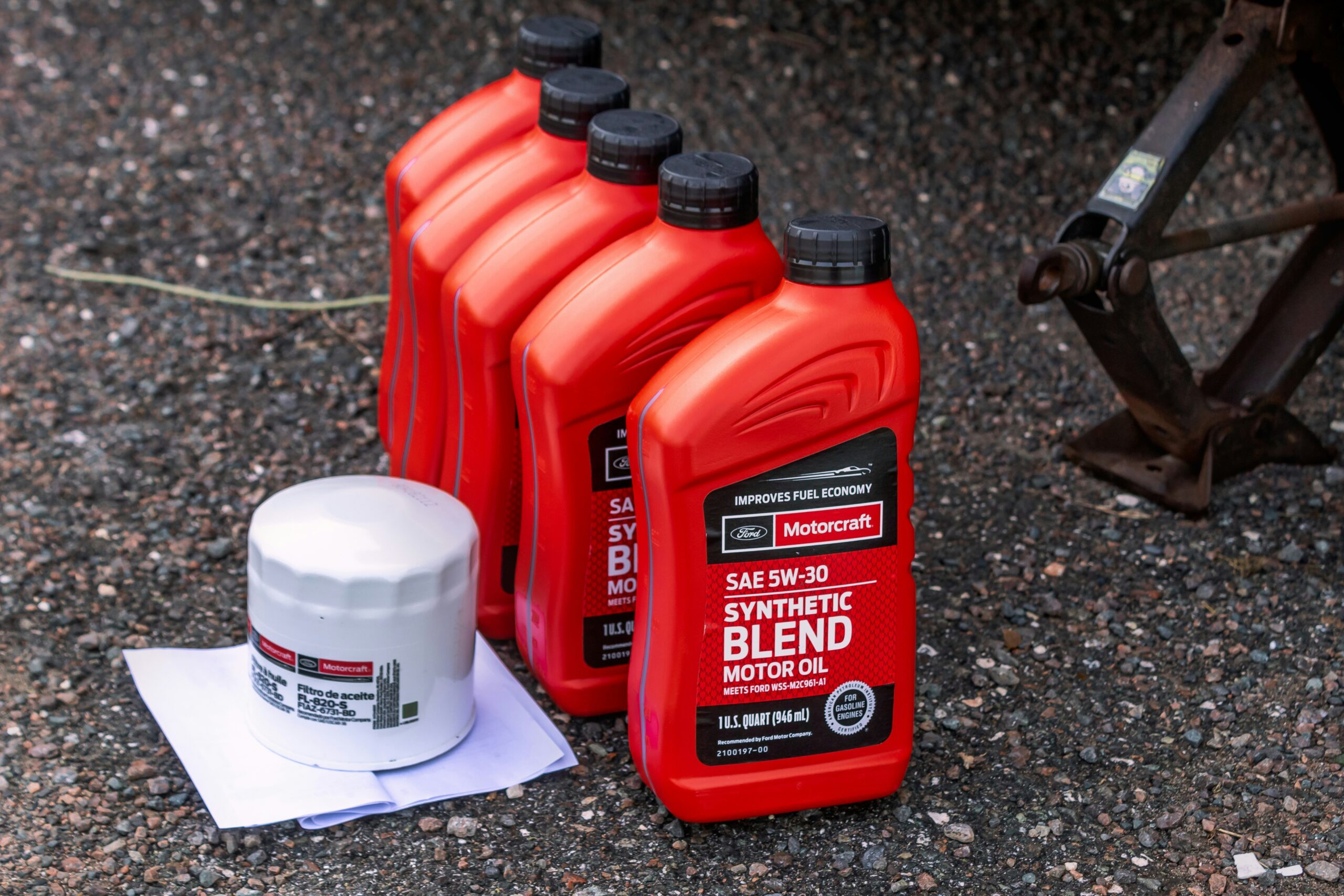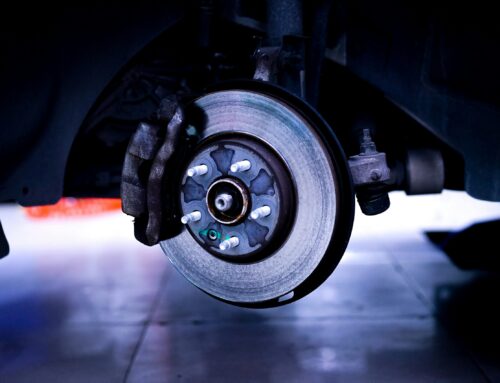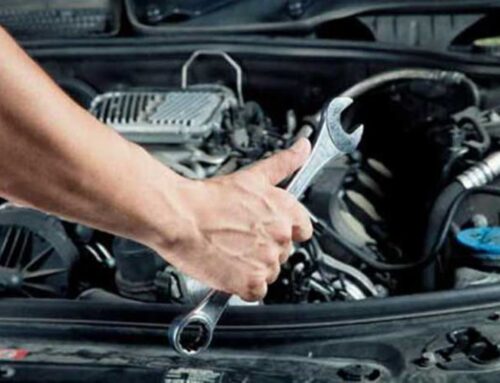August 19, 2024
The Complete Guide to Vehicle Oil Changes: When and How to Maintain Your Engine
Understanding the Importance of Regular Oil Changes

Regular oil changes are a cornerstone of vehicle maintenance, playing a vital role in ensuring the optimum performance and longevity of your engine. Engine oil serves several critical functions, foremost among them being the lubrication of moving parts. By minimizing friction between components, the oil helps to reduce wear and tear, ensuring smoother engine operation.
In addition to lubrication, engine oil also helps in dissipating heat generated during the combustion process. This heat reduction prevents overheating, which can cause significant damage to engine parts. Moreover, engine oil acts as a cleaning agent, helping to remove sludge, dirt, and other particles that accumulate over time, thereby maintaining the cleanliness of the engine.
The consequences of neglecting regular oil changes can be severe. When oil degrades, it loses its lubricating properties, leading to increased friction and potentially causing components to grind against each other. This can result in extensive engine damage that often requires costly repairs. Furthermore, degraded oil is less effective in reducing heat, increasing the risk of your engine overheating.
Additionally, old oil can become contaminated with particles that contribute to the formation of sludge, which can clog oil passages and reduce overall engine efficiency. Reduced fuel efficiency is another significant issue that arises from neglecting oil changes. An engine running on old or insufficient oil has to work harder to overcome the increased friction, leading to higher fuel consumption.
Furthermore, outdated oil contributes to higher emissions, negatively affecting both the environment and your vehicle’s compliance with emission standards. To mitigate these risks, it’s essential to adhere to the oil change intervals recommended by your vehicle’s manufacturer. These guidelines are based on extensive testing and are designed to ensure that the engine oil remains effective in performing its crucial functions. By following these recommendations, you can prolong the life of your engine, optimize performance, and avoid the costly repercussions of neglected oil maintenance.
How to Check if Your Vehicle Needs an Oil Change
Understanding the condition of your vehicle’s engine oil is crucial to maintaining its performance and longevity. To check if your vehicle requires an oil change, follow this step-by-step guide:
- First, park your vehicle on a level surface and ensure the engine is turned off and cooled down.
- Next, locate the oil dipstick. In most vehicles, the oil dipstick is marked by a brightly coloured handle, typically yellow or orange, situated near the engine. Once you’ve found the dipstick, pull it out and wipe it clean with a lint-free cloth or paper towel. The purpose of this initial wipe is to remove any residual oil, allowing for an accurate reading.
- Reinsert the dipstick fully into its tube and then pull it out again.
- Observe the oil level as indicated on the dipstick. Most dipsticks have markings such as “Low,” “Full,” or “Add.”
- Your oil level should ideally be between the “Low” and “Full” marks.
- In addition to checking the oil level, it’s essential to examine the oil’s colour and consistency. Fresh oil typically appears amber and slightly translucent. Over time, oil will darken and may become thick and gritty. If the oil appears excessively dark, dirty, or smells burnt, it’s time for an oil change.
Aside from the dipstick method, there are alternative ways to determine the necessity of an oil change. Pay attention to dashboard warning lights; many modern vehicles have an oil indicator light that illuminates when an oil change is needed. Additionally, listen for unusual engine noises, such as knocking or ticking sounds, which can signify that the oil is no longer effectively lubricating engine components.
Maintaining a routine inspection schedule is vital for proactive vehicle care. Regularly checking your oil and sticking to the manufacturer’s recommended oil change intervals help prevent potential engine issues and optimize your vehicle’s performance. Aim to inspect your oil at least once a month, and don’t hesitate to make it part of your routine vehicle maintenance.
Determining the Frequency of Oil Changes for Your Vehicle
Understanding how often to change your vehicle’s oil involves considering multiple influencing factors. The type of engine oil you choose plays a crucial role in determining the frequency of oil changes. Conventional oil, often the most economical option, typically requires more frequent changes compared to synthetic oil.
Synthetic oils, known for their advanced formulations, offer superior protection and can generally extend the interval between oil changes. Sometimes, a blend of both conventional and synthetic oils is available, providing a middle ground in terms of both cost and change frequency. Driving conditions are another significant determinant in the oil change schedule.
Frequent short trips, such as city driving, where the engine doesn’t fully warm up, can necessitate more frequent oil changes. Conversely, highway driving, which allows the engine to run at consistent, optimal temperatures, can extend the interval between changes. Additionally, extreme temperatures, whether hot or cold, can affect oil’s performance and longevity, making it imperative to adjust the oil change frequency based on the climate you usually drive in. The age of your vehicle also influences oil change intervals.
Older engines may have more wear and tear, potentially leading to increased oil consumption and degraded performance, all of which signal the need for more frequent oil changes. On the other hand, modern engines with advanced technologies and tighter tolerances may support longer intervals between oil changes. Adhering to the manufacturer’s guidelines remains paramount.
These guidelines, found in your vehicle’s owner’s manual, provide recommendations tailored to your specific make and model. The manufacturer’s recommended maintenance schedule is designed to optimize vehicle performance and longevity. Ignoring these guidelines can result in suboptimal engine health and performance issues. By considering these factors and following an appropriate maintenance schedule, you can ensure your vehicle runs smoothly and efficiently.
The Role of Oil Filters and Air Filters in Vehicle Maintenance
Oil filters and air filters play a critical role in maintaining the performance and longevity of your vehicle’s engine. The primary function of an oil filter is to remove contaminants from the engine oil, which can include particles like dirt, metal shavings, and other debris. By filtering out these impurities, the oil filter ensures that clean oil circulates through the engine, providing the necessary lubrication and reducing wear and tear on critical components. Similarly, air filters are integral to the vehicle’s air intake system.
They ensure that the air entering the engine for combustion is free of dust, pollen, and other airborne particles. Clean air is essential for efficient combustion, which in turn contributes to optimal engine performance and fuel efficiency. Without adequate filtration, contaminants can accumulate in the engine, leading to reduced performance and potentially significant damage over time.
Oil Change, Oil filter and Air filter Change Interval
It is generally recommended to change oil filters every time you change your vehicle’s oil, which typically ranges from every 3,000 to 8,000 miles, depending on driving conditions , type of oil and manufacturer recommendations (3,000 miles or 5 ,000 kilometres for older model vehicles and regular oil and 5,000-8,000 miles or 7,000 to 12,000 kilometres for newer models with synthetic oils). You must always check your manufacturer recommendation to consider type of oil and change interval and as best practice we recommend follow the steps we mentioned earlier every month to check your oil level and quality. Air filters should be inspected and replaced every 12,000 to 15,000 miles or as specified by the vehicle manufacturer. Symptoms of clogged or failing filters include reduced engine power, decreased fuel efficiency, unusual engine noises, and in severe cases, engine misfires.
When selecting oil and air filters, it is important to choose the right ones for your specific vehicle. Consult your vehicle’s manual or a trusted automotive parts supplier to ensure compatibility. For those inclined towards DIY maintenance, replacing both filters is generally a straightforward process. Always begin by allowing the engine to cool, then locate the filters, remove the old ones, and install the new filters according to the manufacturer’s instructions. Regular maintenance of oil and air filters will help ensure your vehicle runs smoothly and efficiently, ultimately saving you time and money on repairs and fuel costs in the long run.





